Details
New level of RNA purity
The FastGene® RNA kits were developed for the rapid, efficient and clean purification of RNA from tissues and cells. The silica based technology does not use phenols. The FastGene® RNA kits come in two different versions. The FastGene® RNA Basic kit is ideal for purification of RNA where small amounts of copurified DNA do not matter. FastGene® RNA Premium kit ensures the complete elimination of genomic DNA.
RNA of the highest quality
The FastGene® RNA kits deliver RNA of the highest grade. The quality of RNA is measured by determining a RIN (RNA integrity number). According to the manufacturer‘s instructions, a RIN gives an idea of the integrity of the RNA. High quality RNA will give a RIN above 8, being 10 the maximal value. The FastGene® RNA Basic and Premium kits purify RNA to a grade comparable to market leaders (see Fig. 1). The RNA is therefore in an ideal state for downstream applications, such as reverse transcription.
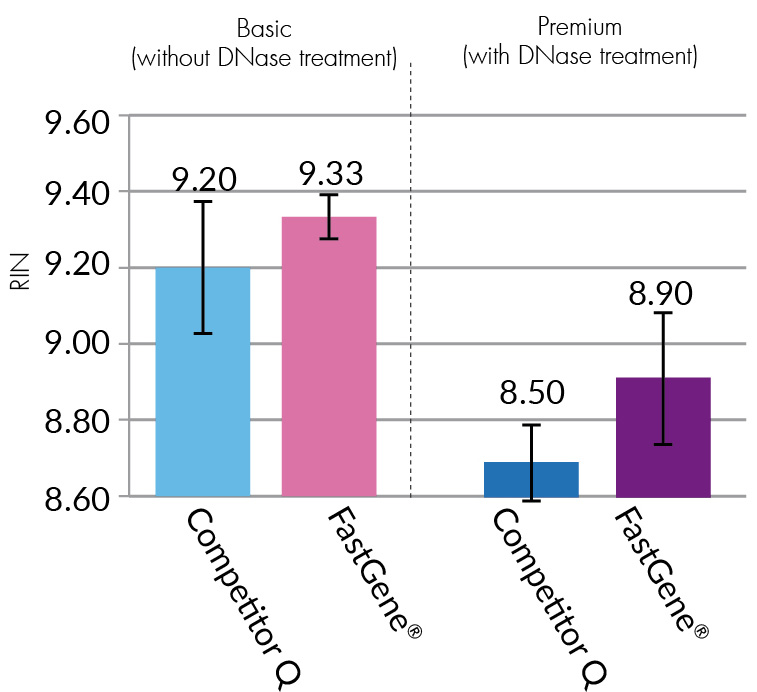
Fig. 1: RNA Quality determination using an Agilent Bioanalyzer. The FastGene® RNA Kits delivers high quality RNA repeatedly.
Large Yields
Obtaining a good yield from the RNA purification is essential. The FastGene® RNA Basic and Premium kits deliver very large total yield, therefore enabling mutliple analyses of a single RNA purification. When compared to the market leaders, the FastGene® RNA Basic kit delivers a higher yield showing the optimized purification procedure.
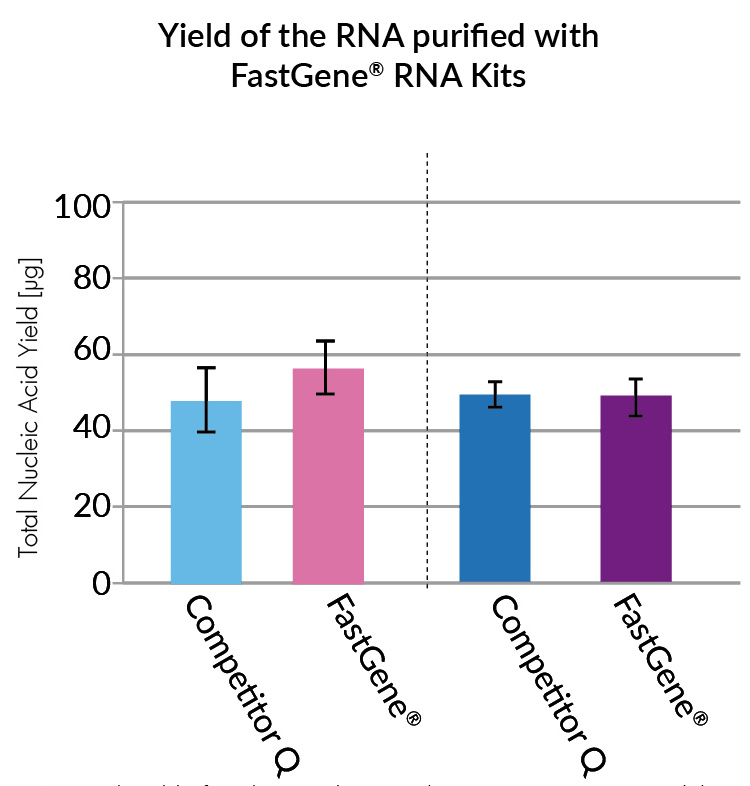
Fig. 2: Total Yield of nucleic acid in µg. The FastGene® RNA Kits delivers very high yield.
Very quick procedure
The FastGene® RNA Basic kits have a very quick and easy procedure, optimal for a high number of samples. Additionally, a special protocol for large inputs was created. The buffer necessary for large inputs can be purchased separately without the need of buying a whole kit.
The danger of genomic DNA
Purification of RNA will always have the possibility of genomic DNA contamination. Many solutions were developed to deal with this issue: designing primers for exon-exon boundries, which would not lead to amplification of intron containing genomic DNA and/or the treatment of the purified RNA with DNase, an enzyme which specifically degrades DNA. This step is important to be optimized since the treatment of DNase could also lead to a degradation of RNA.
Fig. 3: Detection of genomic DNA contamination using qPCR. RNA isolated using Competitor Q‘s kit shows considerably earlier Cq values when compared to the FastGene® RNA Premium kit.
Optimal DNA degradation for very pure RNA
Many RNA purification kits perform the DNA degrading step on the silica membrane. Nonetheless, this step is much more efficient when performed in solution. The FastGene® RNA Premium kit has a DNA degrading step after the elution of the nucleic acids from the silica membrane. The contamination of genomic DNA was analysed using qPCR assays. Primer specific for genomic DNA were used to estimate the presence of contaminating DNA. The purification of competitor Q‘s RNA isolation kit with DNase treatement showed a variability of DNA contamination (see Fig. 4) when different purifications were analysed and delivered a much earlier Cq-value when compared to the FastGene® RNA Premium. The analyses show that as a consequence of the later DNase treatment, the DNA contamination of the RNA purified using the FastGene® RNA Premium kit is much lower when compared to the market leader‘s one.

Fig. 4: Competitor Q‘s purifications show a high variability between trial 1 and 2, probably due to the lower enzyme efficiency. The FastGene® RNA Premium Kit delivers very pure RNA consistently due to its DNase reaction in solution rather than on a membrance.
FastGene® Mini Elute Column for the highest concentration anf perfect recovery
The FastGene® RNA Premium kit comes with a FastGene® Mini Elute column with an unique design allowing an elution volume as little as 10 µl, creating highly concentrated RNA stocks, essential for low amount of tissue or cellular material. The recovery rate is very high (>95 %) even at very low elution volumes. At these volumes not even the market leader can achieve our yield and recovery rates. See the results for yourself below:
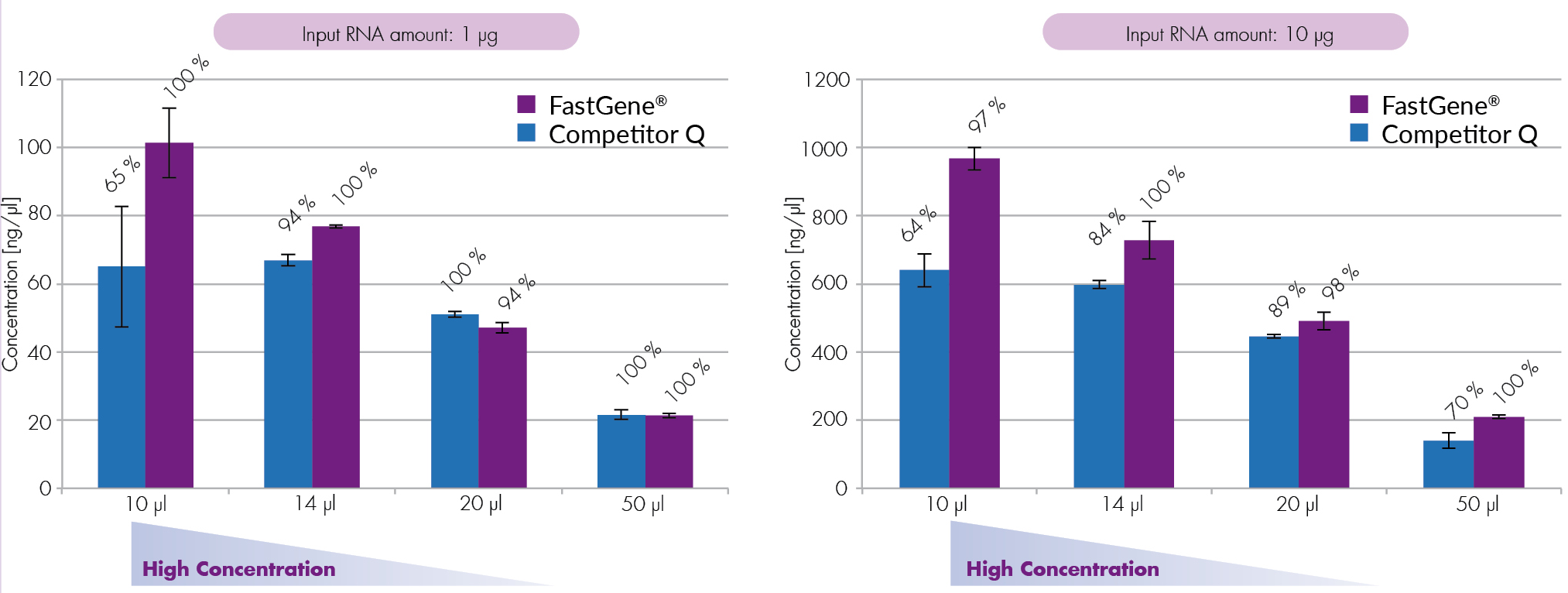
Basic or Premium Kit?
The FastGene® RNA Kits come in two different versions. The FastGene® RNA Basic Kit is ideal for purification of RNA where small amounts of copurified DNA can be neglected. Whereas the FastGene® RNA Premium Kit ensures the complete elimination of genomic DNA.

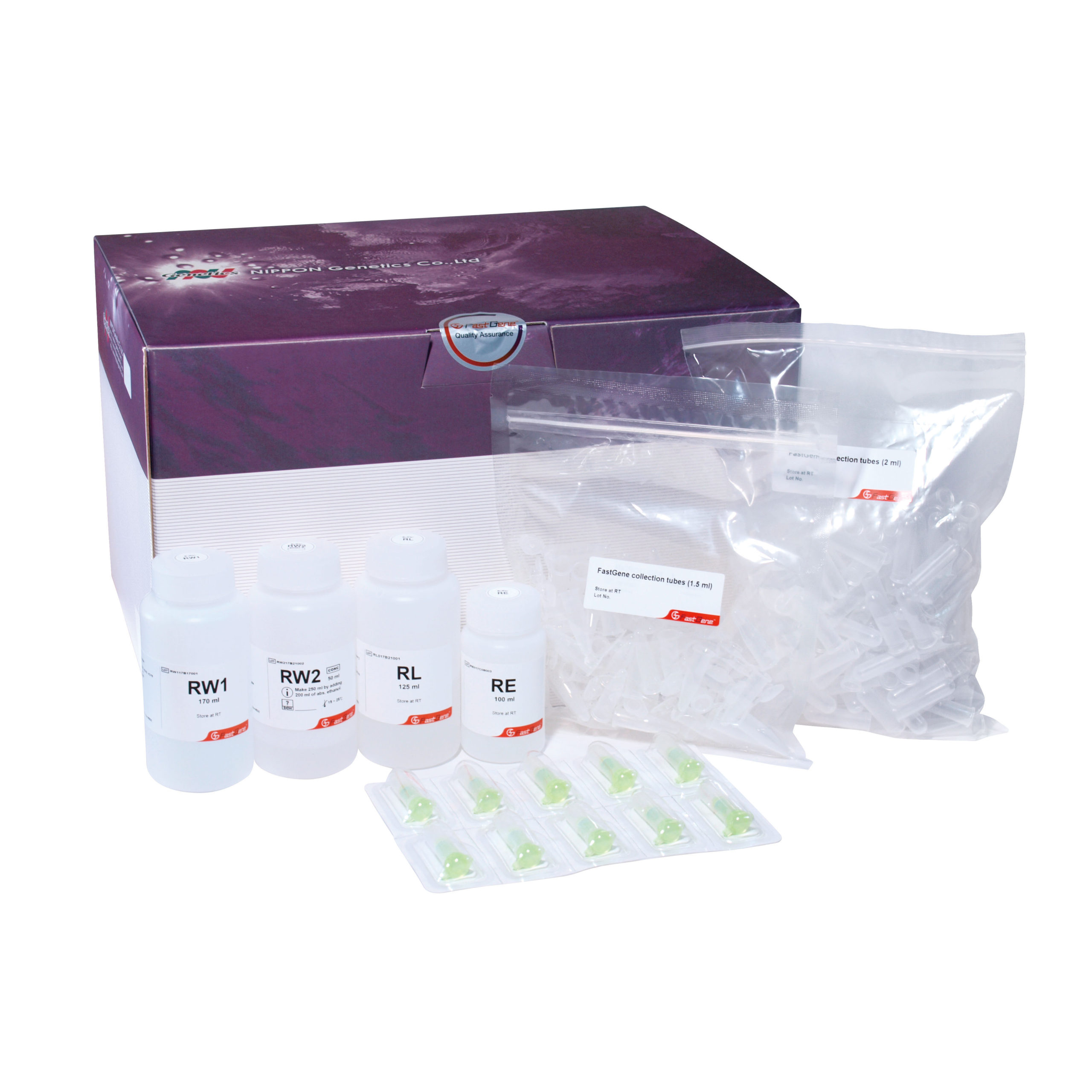

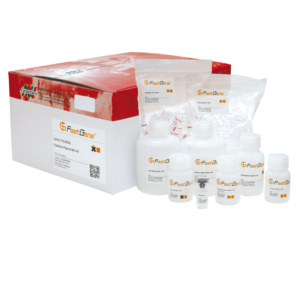
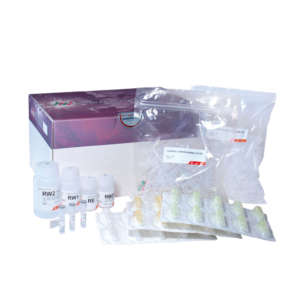
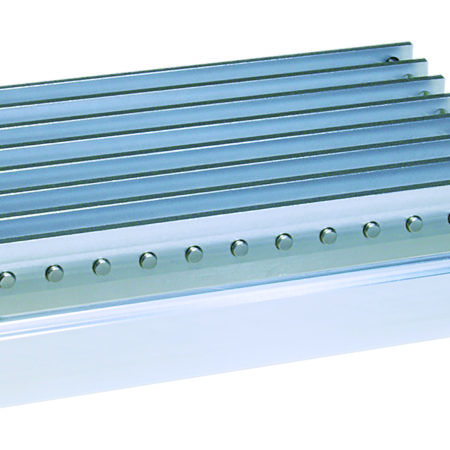
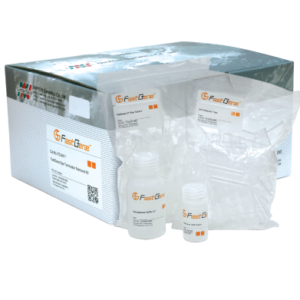
Dr. L. Rosanò, Inst. of Molecular Biology and Pathology, National Research Council, Rome, Italy –
Great kit, really simple, clear and rapid protocol that permit to obtain high quality RNA in few centrifuge steps.
RNA obtained (RIN 10 measured at QBIT) has been sequenced in NGS with very good results.
Verified User
Truong Jennifer, Physiologisches Institut, LMU –
Sehr empfehlenswert
– einfach beschriebenes Protokoll
– einfache Ausführung ohne lange Wartezeiten
– gutes Preisleistungsverhältnis
Translation by NIPPON Genetics:
Highly recommended
– easy protocol
– easy procedure without long waiting times
– good price-performance ratio
Verified User